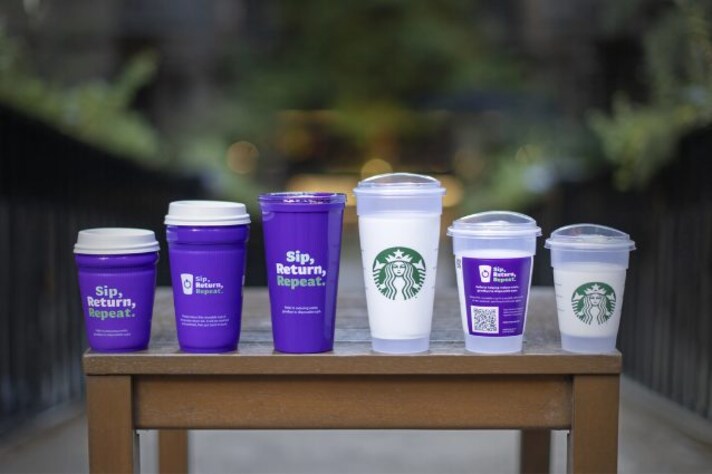Starbucks Is Switching to Compostable Cups in Various States – Some People Aren’t Happy!
Starbucks is making a bold move toward sustainability with new compostable cold cups, but not everyone is sipping the change happily. While the eco-friendly design aims to reduce plastic waste, some customers are unimpressed with the look, feel, and even the taste of their drinks.

In a significant stride toward sustainability, Starbucks has introduced compostable cold beverage cups across select locations in 14 U.S. states, including California, Washington, and Massachusetts. This initiative, which began on February 11, 2025, aligns with the company's commitment to make all packaging reusable, recyclable, or compostable by 2030. The new cups, crafted from fiber-based paperboard with a bioplastic liner, are designed to reduce plastic waste and meet varying local regulations.
The transition to opaque, fiber-based cups has not gone unnoticed by Starbucks' loyal customer base. Traditionally, the brand's clear plastic cups have showcased the vibrant hues of iced beverages, making them a staple in social media posts. The new design, resembling the cups used for hot drinks, has altered this visual appeal. Some customers have expressed concerns that the change diminishes the Instagrammable quality of their favorite drinks, potentially impacting the brand's presence on social media platforms.

Beyond aesthetics, the new cups have sparked debates regarding their impact on the drinking experience. Some patrons have reported that the compostable material affects the taste and texture of their beverages. Complaints about the new lids, which are also made from molded fiber, include difficulties in sipping and an altered mouthfeel. These issues have led to a polarized reception, with some customers appreciating the environmental benefits and others longing for the familiarity of the plastic cups.
Starbucks' move toward compostable cups is a response to increasing environmental concerns and regulatory pressures to reduce single-use plastics. While the initiative demonstrates the company's dedication to sustainability, it also highlights the challenges of balancing eco-friendly practices with customer satisfaction. The mixed reactions underscore the complexity of implementing green solutions in a way that maintains the brand experience consumers have come to expect.
;Resize,width=767;)

;Resize,width=712;)

